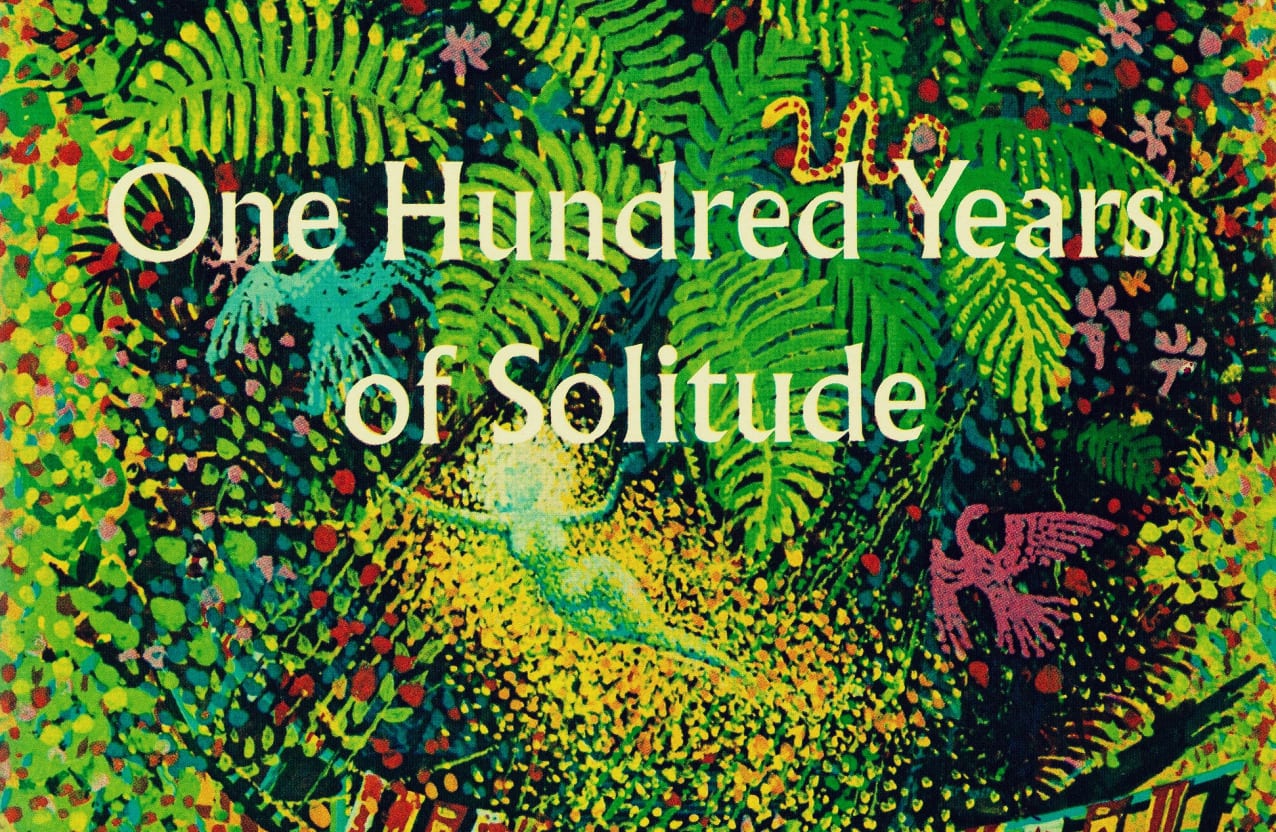
Although many countries and writers have combined fantasy and reality throughout history, magical realism emerged as the hallmark of Latin American literature and later expanded to the rest of the world. An ability to fuse sleep and everyday life through these best magic realism books that return us to those towns of wandering ghosts and haunted families.
Pedro Páramo, by Juan Rulfo
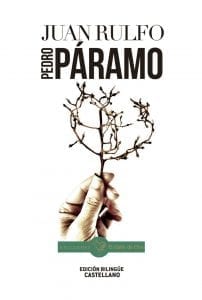
In 1953, the Mexican Juan Rulfo published a series of stories set in the fictional town of Comala under the name El llanero en llamas. A first sketch of the mysterious universe that encompasses Pedro Paramo, one of the novels that cemented magical realism as a genre for the masses and that was written in just five months by the author. Published in 1955, the story tells the arrival of the young man John Precious to a town in Comala where his father, Pedro Páramo, lies. Silences in the corners and old stories of a people come to less cement this history considered as one of the flagship books of latin american letters.
Aura, by Carlos Fuentes
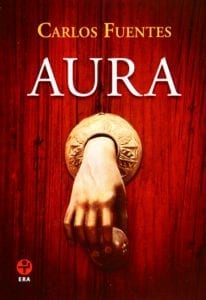
Set in Mexico City in 1962, Aura follow in the footsteps of Felipe Montero, a young historian who decides to accept the job of finishing the memoirs of a general living in his own home. For months, he will live with his wife, Consuelo, and his niece, Aura, two women who live submerged in darkness so as not to recognize the house that reminds them so much of the sick person. A hypnotic journey through the passions, tensions and dark intentions of its characters where there is no shortage of spiritualistic rites and secret passions. One of the most remembered novels of Carlos Fuentes which was published in the heat of the boiling point of magical realism.
One Hundred Years of Solitude, by Gabriel García Márquez
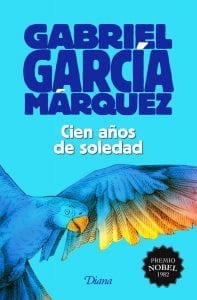
They say that when Gabo wrote this novel, he was bankrupt. He sold his car, took refuge in an apartment in Mexico City and finally sent a manuscript to the Sudamericana publishing house in 1967. What the Nobel Prize could not foresee was immense success which One Hundred Years of Solitude experienced during its first few weeks of release, much less the condition of masterpiece of Latin American literature that would eventually reach. X-ray of a continent of magic, family and foreign influences, the history of the Buendía family and the town of Macondo it became the cornerstone of a Latin American boom that took over the world in the 60s.
The House of the Spirits, by Isabel Allende
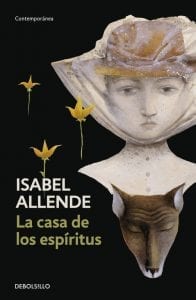
Chilean by birth and Venezuelan by adoption, Allende always knew how to weave the realities of her continent, and specifically of Chile, combining them with the magic of a latent magical realism in this novel published in 1982 to great critical and public success. The House of the Spirits introduces us to the four generations of the Trueba family and their stories interspersed with the political events that plague postconial Chile. Considered the most representative work of the author, the novel had a film adaptation in 1994 starring Jeremy Irons, Meryl Streep and Antonio Banderas.
Like water for chocolate, by Laura Esquivel
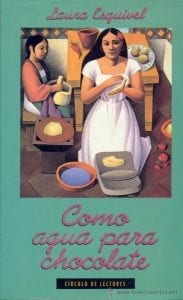
When it seemed that the "craze" for magical realism had come to an end, it came LIKE WATER FOR CHOCOLATE to provide the necessary icing. Navigating the Mexican tradition to enter their kitchens and whistle at their magic, Laura Esquivel's novel published in 1989 became a big seller thanks to the use of the right ingredients: a love story in revolutionary Mexico, the drama of a woman who has no right to fall in love and the best Mexican recipes to win over lovers and readers. The second part of the novel, Tita's diary, was published in 2016.
Kafka on the Shore, by Haruki Murakami
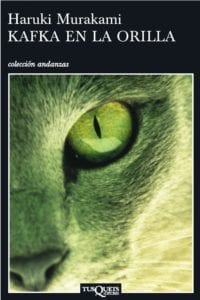
Yes, magical realism represents Latin American letters, but that does not mean that other authors around the world have not adapted the combination of magic and reality in his writings. The Japanese Murakami is the best example, dividing his bibliography into intimate novels and others that play with metaphysical universes. His 2002 novel Kafka on the shore is possibly the novel that best evokes that fantastic world through the eyes of two characters and their respective stories: Kafka Tamura, a 15-year-old boy who decides to leave the family home to take refuge in a library, and Satoru Nakata, an old man with the ability to talk to cats. Essential.
Sons of Midnight, by Salman Rushdie
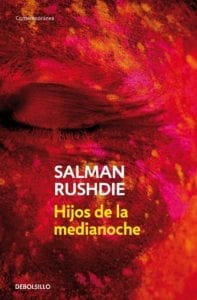
The India It is one of those unique countries in the world where magic and spirituality are inherent in the behavior of its people. Hence, we are not surprised by the waste of imagination that Rushdie's stories give off, especially Children of midnight. A novel set at midnight on August 15, 1947, day that India gained its independence from the British Empire and in which Saleem Sinai, protagonist of the story, came into the world. Through his story, that of a child who develops curious abilities, we witness the recent history of India and a new generation willing to reinvent that country that challenges the senses of travelers and readers.
Beloved by Toni Morrison
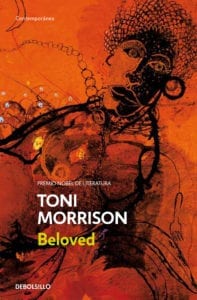
Published in 1987, Beloved es a novel dedicated to those "sixty million and more" slaves of African descent who died after being subjugated across the Atlantic. Historical facts represented by Sethe, a slave woman who decides to escape with her daughter from the Kentucky plantation where they live in slavery to reach Ohio, a free state. The ghosts and horrors of a crusade that speaks about all those silences that for decades have drowned cruel men and even literature itself. Published in 1987, the novel won the Pulitzer Prize the following year and was adapted to the cinema with Oprah Winfrey in the role of Sethe, a character in turn based on the slave Margaret Garner.
What are for you the best books on magical realism that you have read?
The Burning Llanero never went to Comala, until 55 when it was founded, he had 3rd degree burns. The plain, on the other hand, not because it could not move.
PEDRO PARAMO, by Juan Rulfo. It is undoubtedly the jewel of Mexican literature, and the bible of MAGICAL REALISM. His dialogues are unique, so real, so ours, so of our peoples of the middle of the last century. This without underestimating the other works. We know that Garcia Marquez learned it not only forwards, but also backwards, and it was his greatest inspiration for writing ONE HUNDRED YEARS OF SOLITUDE. If Juan Rulfo had only written more books... we would be richer in this.